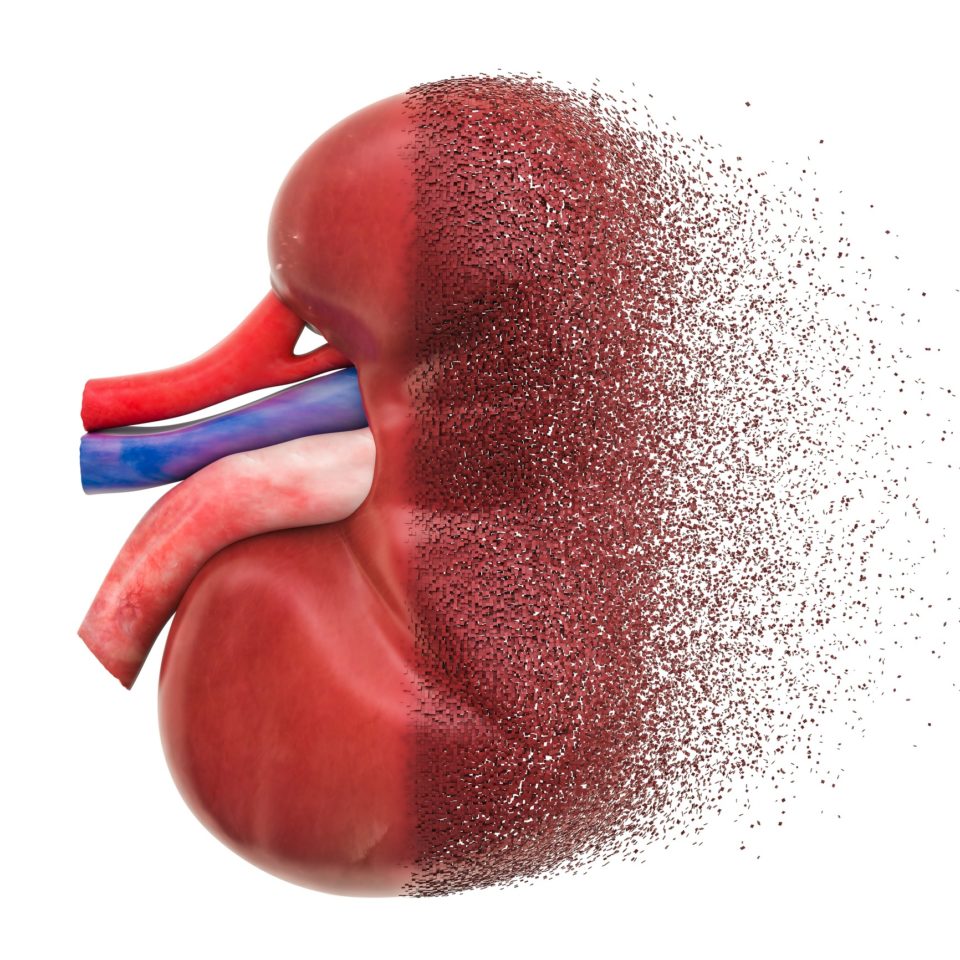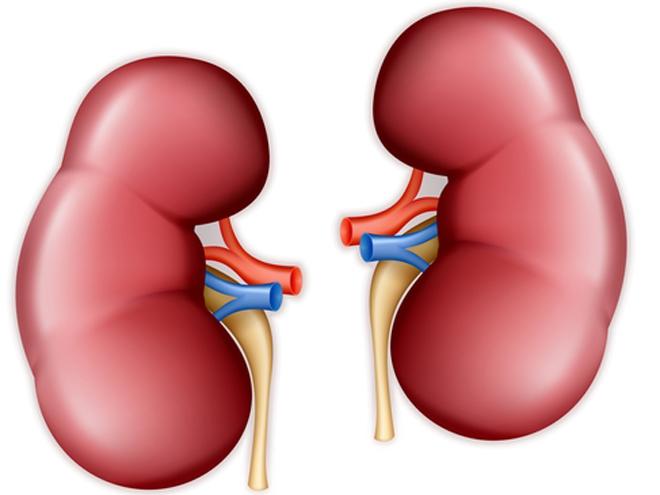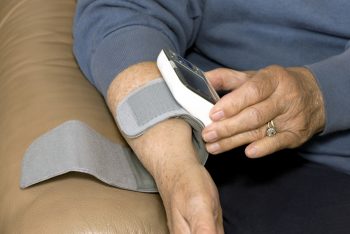
There are few data available on gout in patients with dialysis-dependent end-stage kidney disease. Anthony J. Bleyer, MD, MS, and colleagues conducted a study to examine the epidemiology, risk factors, and cardiovascular outcomes among dialysis-dependent patients with gout. Results of the study were reported during a poster session at NKF SCM22 in a poster titled Risk Factors and Outcomes of Gout in Dialysis Patients from the United States Renal Data System (USRDS).
Using data from the 2017 USRDS, the researchers identified adult patients ≥18 years of age who were Medicare beneficiaries and receiving dialysis. Characteristics and comorbidities were examined from January 1, 2018. Patients were followed from index diagnosis of gout until December 31, 2018. The study assessed gout diagnoses, all-cause mortality, and a composite outcome of death and hospitalization for myocardial infarction, strike, or congestive heart failure (CHF).
Of 231,841 dialysis patients, 13% (n=31,300) had one or more gout claims following initiation of chronic dialysis. Compared with patients without gout, those with gout were older (mean 66.9 years vs 61.4 years), more often male (62% vs 55%), were hospitalized more often (66% vs 57%), and underwent hemodialysis via central venous catheter more often (13% vs 11%). Length of hospital stays were also more likely to be longer for patients with gout than for patients without gout.
Gout patients had more comorbidities compared with patients without gout: diabetes (64% vs 61%), chronic obstructive pulmonary disease (26% vs 18%), hypertension (84% vs 73%), hyperlipidemia (54% vs 42%), CHF (42% vs 30%), ischemic heart disease (42% vs 29%), and peripheral vascular disease (27% vs 21%).
In adjusted regression analysis, there was a 2-fold increased risk of gout associated with older age (odds ratio [OR], 4.1 for ≥65 years vs <65 years, 95% confidence ratio [CI], 3.0-4.4), Asian race (OR, 2.4, 95% CI, 2.3-2.5) and higher body mass index (OR, 2.1; 95% CI, 2.0-2.2). Patients with gout had 10% higher erythropoietin stimulating requirements and 8% more red blood cell transfusions than patients without gout. Results of multivariable analyses demonstrated 6% higher risk in gout patients for the composite of death and hospitalization for cardiovascular disease (hazard ratio, 1.06; 95% CI, 1.03-1.09) in the year following diagnosis.
In conclusion, the authors said, “Gout prevalence was 13% in this US Medicare dialysis-dependent population. Gout patients had a higher comorbidity burden, anemia management challenges, and a higher risk for hospitalization/mortality. Further study is needed to assess whether improved gout recognition/management may improve outcomes among dialysis-dependent patients with gout.”
Source: Bleyer AJ, Zhang Y, Ksirasgar O, Marder B, LaMoreaux B. Risk factors and outcomes of gout in dialysis patients from the United States Renal Data System (USRDS). Abstract of a poster (Poster #206) presented at the National Kidney Foundation 2022 Spring Clinical Meetings, Boston, Massachusetts, April 6-10, 2022.







 © 2025 Mashup Media, LLC, a Formedics Property. All Rights Reserved.
© 2025 Mashup Media, LLC, a Formedics Property. All Rights Reserved.